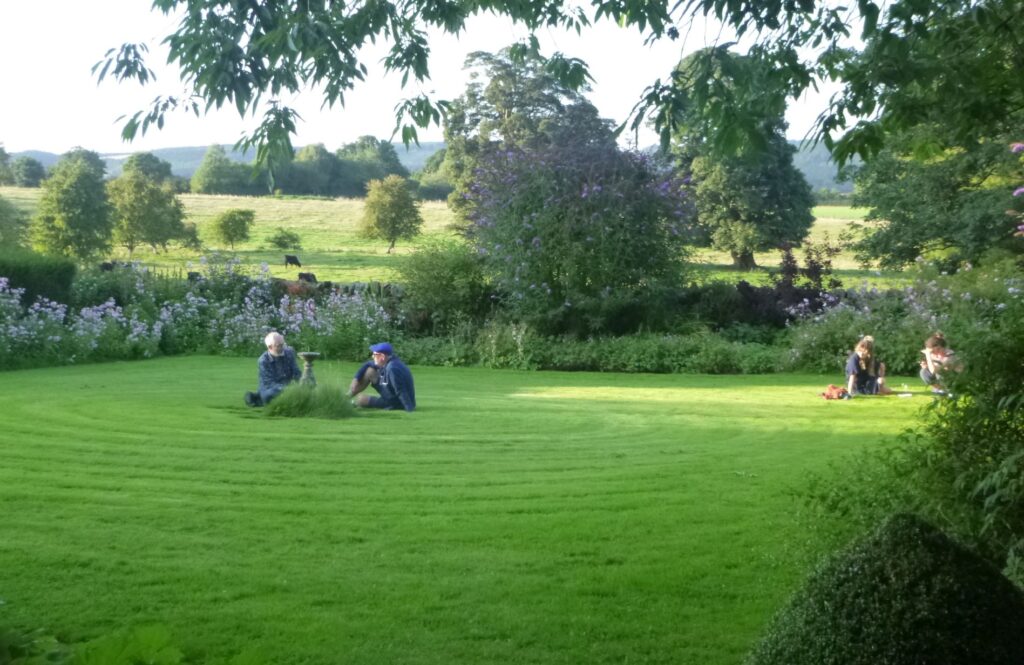There is no set route through the gardens, and you are encouraged to make digressions in a Shandean way!
Throughout the gardens there are also small reminders of Laurence Sterne and his works, either in gate or handrail designs, or the names or associations of plants.
As you explore the gardens, be sure to look back towards the house. Over its 600 year history, Shandy Hall has been through many changes and each side of the house tells its own tale.

















